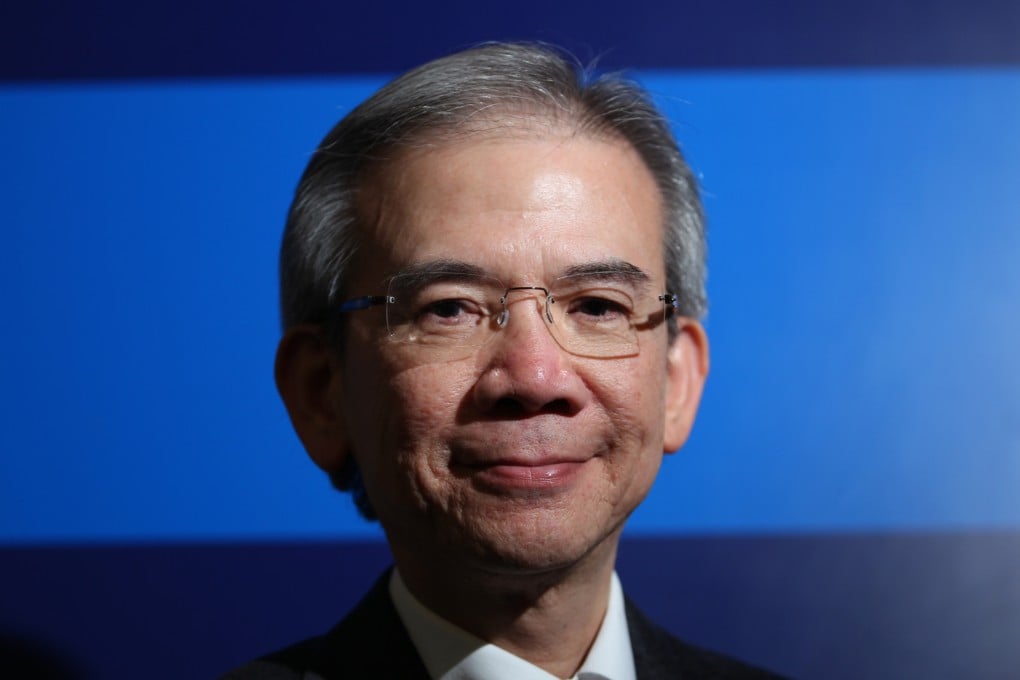Police did their best to bring protests under control
Accusations against officers are unfounded as many put own safety at risk to protect activists

Occupy Central demonstrators were shocked on the night of September 28 when they had to flee multiple rounds of tear gas aimed at dispersing them in Admiralty. Public sentiment towards them, which had hitherto been largely indifferent, suddenly turned sympathetic.
Before public queries on whether excessive force had been used were settled, a concerted attack against demonstrators in Mong Kok on the night of October 3 followed, launched by hundreds of anti-Occupy people of seemingly dubious background.
An even more serious allegation was made against the police, that they had conspired with triads to remove protesters.
I worked in frontline departments and with the police for years while in government. This gives me the personal experience to testify to the fact that our police force is well trained and highly disciplined. Before every major operation, detailed orders are drawn up and drills are undertaken. Nothing is left to chance.
While we may legitimately question the on-site commander's judgment on that eventful night, we should not doubt that he was making the decision with one purpose in mind: to return the scene to a manageable state. That would be his duty and mission.
That the decision would spark a surge in negative sentiment - probably because tear gas had not been used against local demonstrators for decades - was perhaps beyond the commander's consideration then. The fact remains that he deployed the force with minimal damage to life and limb, evidenced by the small number of demonstrators who suffered injuries, which were minor.